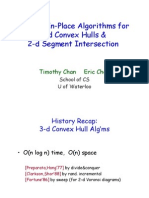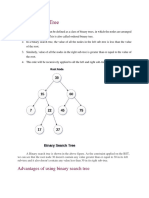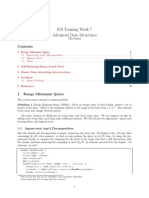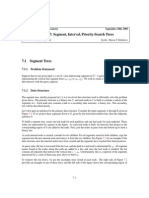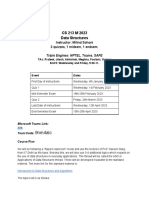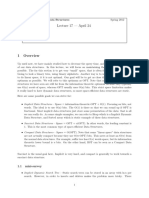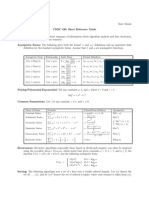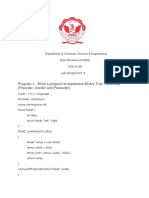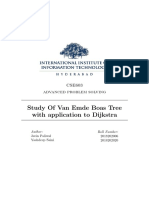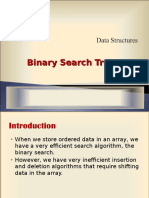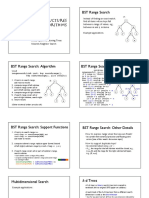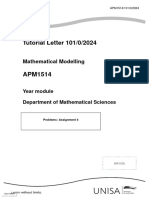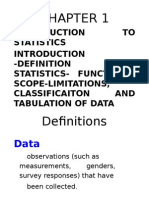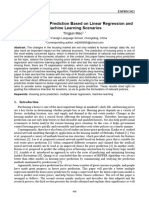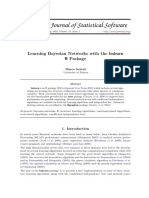0% found this document useful (0 votes)
8 views4 pagesA Space-Efficient Algorithm For Segment Intersection
This document presents a space-efficient algorithm for the line-segment intersection problem, achieving O((n + k) log2 n) time with O(log2 n) extra space using implicit data structures. The algorithm combines a sweep-line approach with a priority queue and a balanced search tree, minimizing space requirements while maintaining efficiency. The authors also discuss implementation details and experimental results, highlighting the trade-offs between space efficiency and execution speed.
Uploaded by
Rogério Ferro Do NascimentoCopyright
© © All Rights Reserved
We take content rights seriously. If you suspect this is your content, claim it here.
Available Formats
Download as PDF, TXT or read online on Scribd
0% found this document useful (0 votes)
8 views4 pagesA Space-Efficient Algorithm For Segment Intersection
This document presents a space-efficient algorithm for the line-segment intersection problem, achieving O((n + k) log2 n) time with O(log2 n) extra space using implicit data structures. The algorithm combines a sweep-line approach with a priority queue and a balanced search tree, minimizing space requirements while maintaining efficiency. The authors also discuss implementation details and experimental results, highlighting the trade-offs between space efficiency and execution speed.
Uploaded by
Rogério Ferro Do NascimentoCopyright
© © All Rights Reserved
We take content rights seriously. If you suspect this is your content, claim it here.
Available Formats
Download as PDF, TXT or read online on Scribd
/ 4





